ventricular lead dislodgement
Tracing
Manufacturer Abbott
Device PM
N° 20
Patient
77-year-old man implanted with an AccentTM DR pacemaker for carotid sinus syndrome; recording of this tracing the day after implantation.
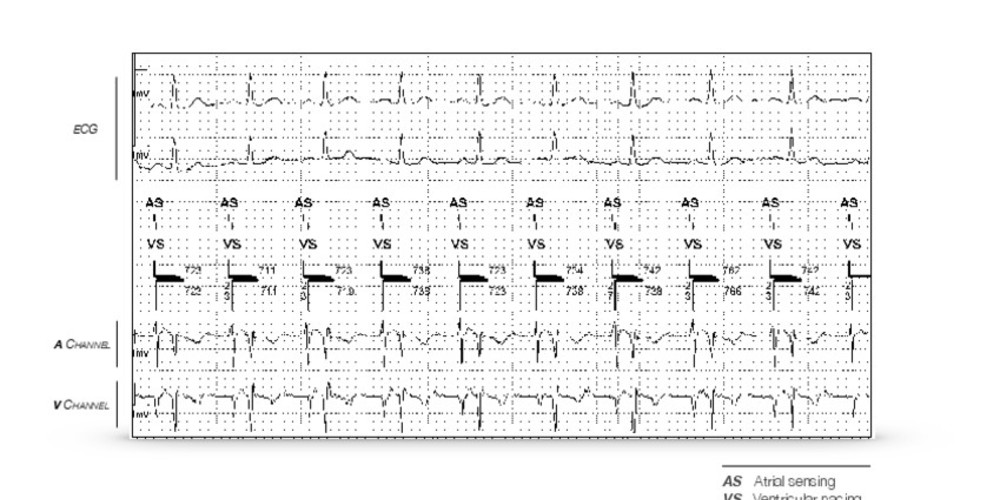
Graph and trace
The tracing shows a sinus rhythm with a narrow QRS and normal PR interval; sinus atrial activity is sensed both by the atrial channel and the ventricular channel, which suggests a well-positioned atrial lead and a dislodgement of the ventricular lead in the atrial cavity.

Other articles that may be of interest to you
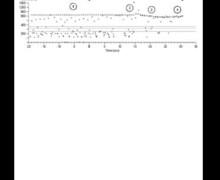
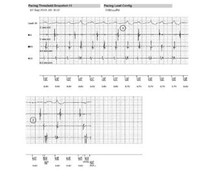
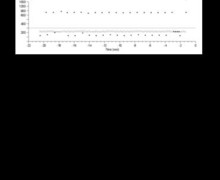



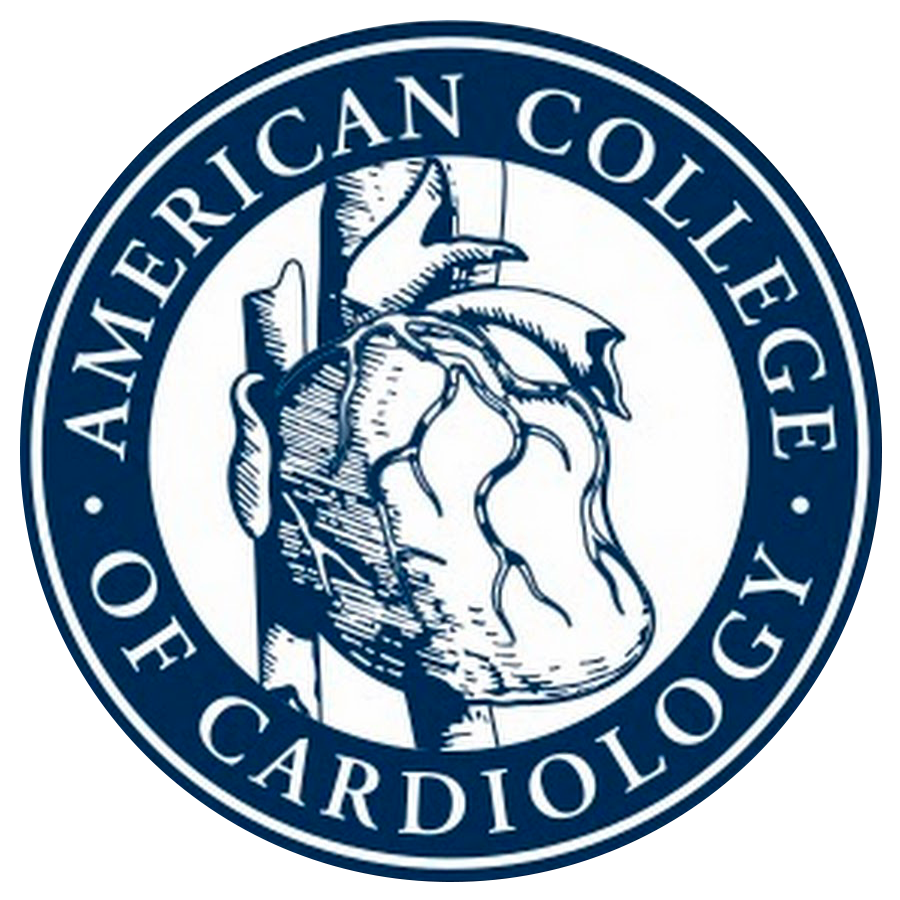
This tracing corresponds to an early dislodgement of the ventricular lead which retreated into the atrial cavity, explaining the simultaneous sensing of sinus activity by the 2 channels. This early dislodgement was related to a poor fixation of the lead at the level of the pacemaker pocket. Repositioning the ventricular lead restored normal operation.